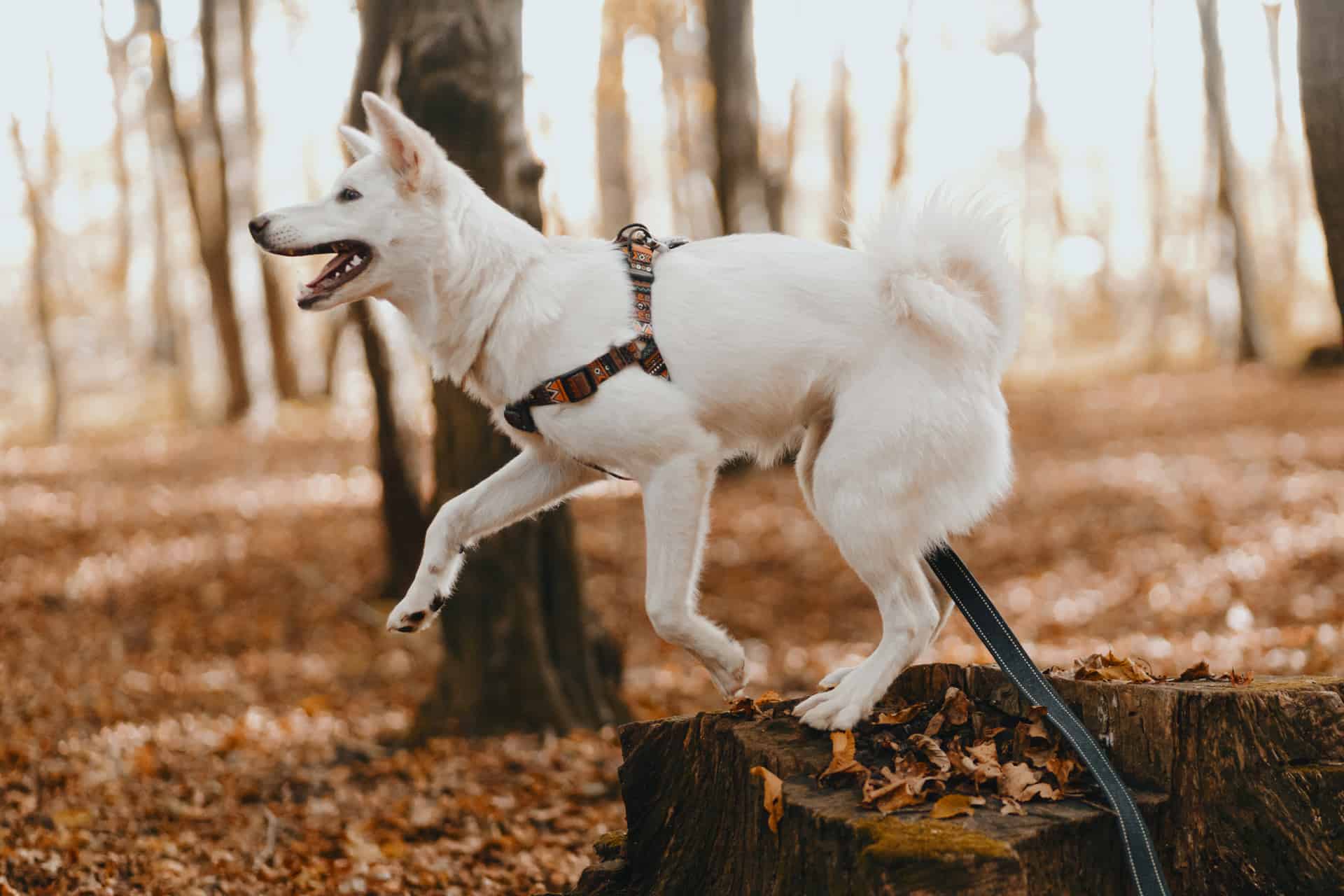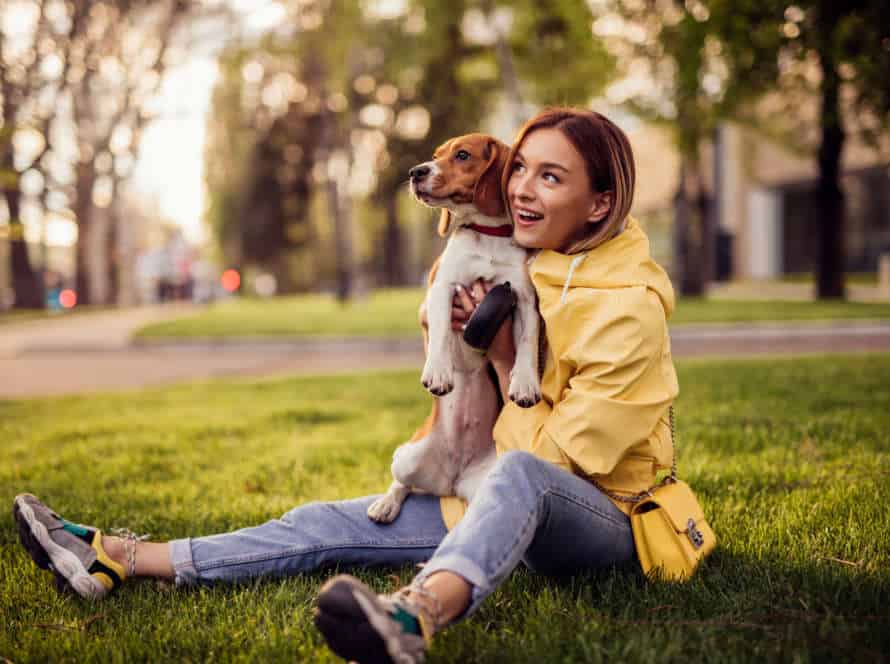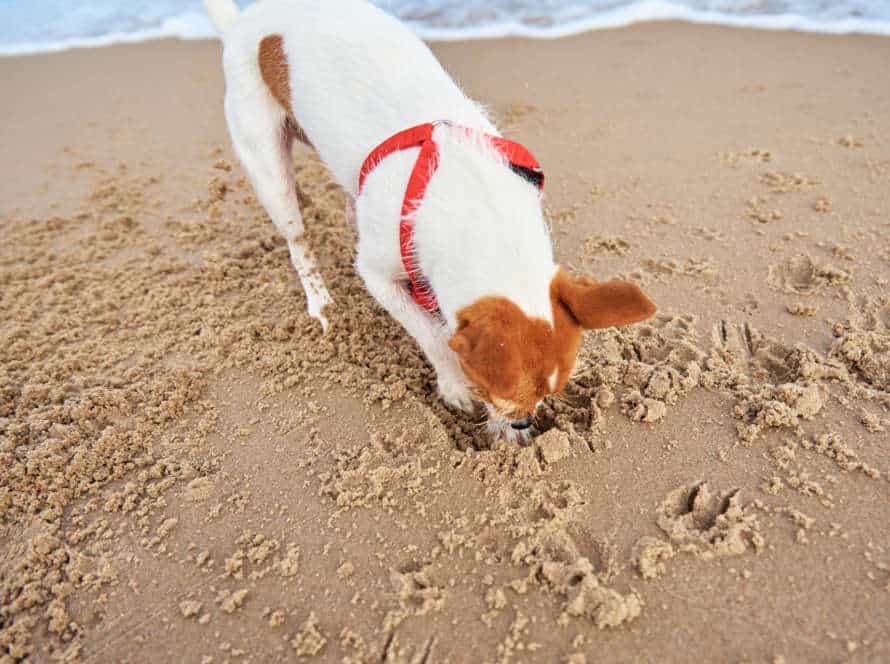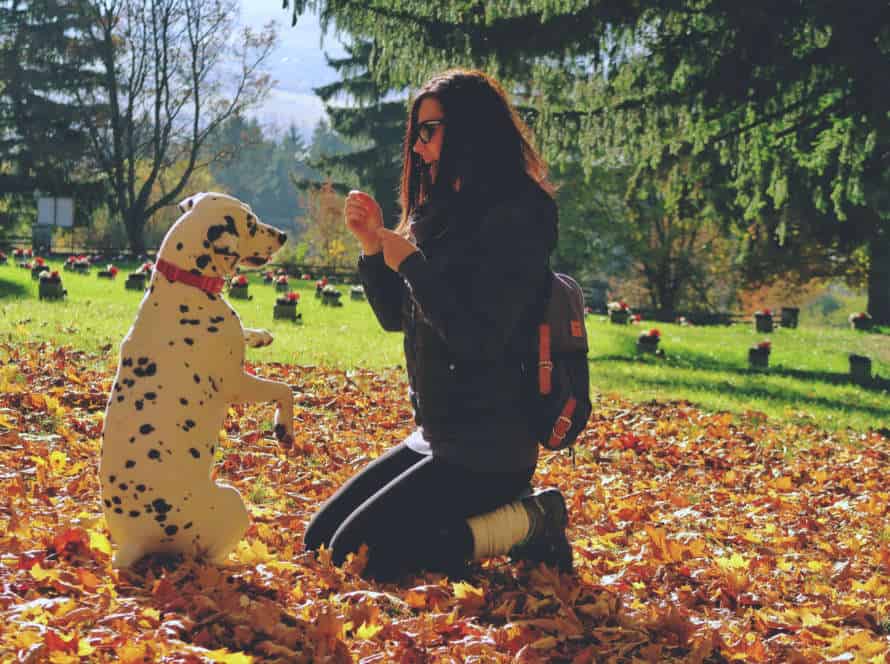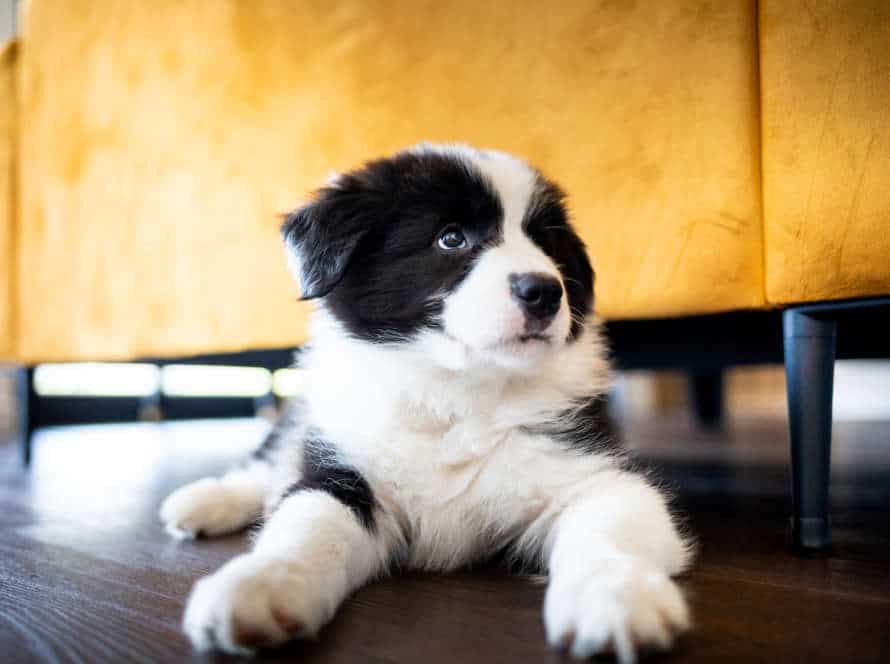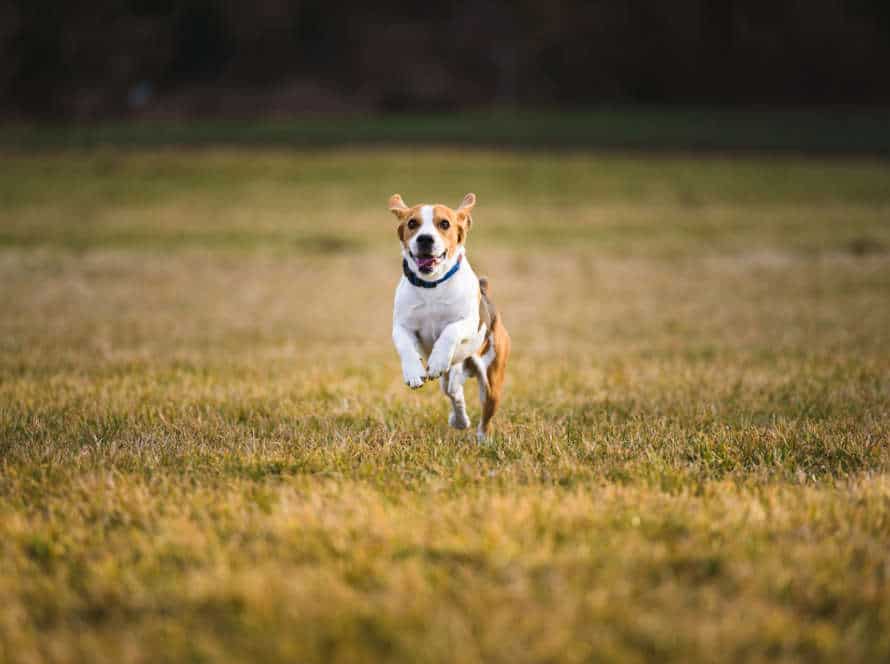Socialization and Its Role in Preventing Jumping Issues
Socializing dogs is a must for preventing jumping issues. It teaches them to be comfortable around people and other dogs, and boosts their confidence in different environments. Proper socialization keeps pet owners from problems that can be dangerous.
Here’s how socialization helps stop jumping:
- It helps dogs adjust to new situations and reduces their anxiousness. Unsocialized dogs may become aggressive or have jumping issues.
- Socialization shows them it’s not ok to jump on people or other dogs.
In conclusion, socialization is key for good behavior, like not jumping. It can make life happier and safer for pet owners and their furry friends.
Understanding Socialization
Socializing is a crucial element of a horse’s upbringing. Much like all other animals, horses must have social contact to grow strong and sure. The impacts of socialization can help a horse to feel less worried, preventing issues like leaping and running away.
Knowing the effects of socialization on a horse’s behavior is necessary to avoid troubles in the future.
What is Socialization?
Socialization is the process in which puppies and dogs learn how to interact with others. It’s very important for preventing jumping issues.
Here’s how it helps:
- Pups and dogs learn how to greet without jumping or nipping.
- Expose your pup to different types of people. This teaches them jumping might not be okay.
- Give them a chance to play and interact with other dogs their age, size and energy level. No jumping!
- Consistent positive reinforcement and socializing can help ensure a well-adjusted and happy pup.
Importance of Socialization in Puppies
Socialization is key for puppies. It builds a foundation for good behavior and prevents jumping problems. It teaches them to interact with other animals and humans, respond to sounds and environmental changes, and be more confident.
Starting early–from 3 weeks of age–is recommended. Positive reinforcement with treats, praise, and play helps build confidence and reinforces good behavior. It’s an ongoing process which should be continued throughout their life, so they stay well-adjusted and self-assured.
Guidelines for Socialization
Socializing is a must for dogs. It helps them interact with people and other animals, and stops jumping problems. Here’s how to socialize:
- Start young! Socializing should begin as early as 3 to 14 weeks. Supervise interactions between puppies and others so no aggressive or bad behavior happens.
- Encourage gentle play. Puppies should play in a friendly way with other animals and not jump, bite, or act aggressive.
- Consistency matters. Reward-based training and positive reinforcement when they do something good helps keep good habits and prevent bad ones.
- Expose gradually. Expose the puppy repeatedly to different people, animals, and scenarios. They’ll learn to be comfortable in different environments and situations.
- Give them a safe spot. Always provide a place like a crate or room where they can go if they’re overwhelmed.
By following these tips, jumping issues can be avoided and you can have a social pup.
Jumping Issues in Dogs
Jumping is a problem that lots of dog owners face. When a pup jumps on people, they can feel really uncomfortable. If a pup isn’t socialized, they won’t know when it’s okay to jump and when it’s not. Let’s find out why socializing your pup matters and how it can help stop jumping issues.
Causes of Jumping Issues
Jumping issues in dogs are common. Causes can be lack of training, seeking attention, excitement/anxiety, or physical problems.
Socialization is key for preventing jumping issues. A well-socialized dog knows how to interact calmly with people and other animals. They understand that jumping is not acceptable.
Puppies should start socializing from an early age. Positive reinforcement training also helps discourage jumping.
Pet owners must be consistent in setting expectations and rewarding good behavior.
Socialization is essential for preventing jumping issues. Pet owners should prioritize this part of training.
Negative Impact of Jumping on Your Pet’s Health
Jumping can be a fun activity for dogs, but it can cause long-term health problems. So, it’s best to deal with jumping issues early.
This type of behavior can put stress on their joints and cause arthritis or other mobility issues. Plus, it can scratch people when they jump up to greet them.
Socializing your pup from a young age can teach them how to greet without jumping. To help, start obedience training early and reinforce positive behaviors. Also, redirect your pup’s attention to a toy or treat when they try to jump up.
Be proactive and address jumping early to help prevent long-term health issues. Pro Tip: Teaching them alternative behaviors like a sit or a high-five can be a better outlet for their energy.
Training Dogs to Stop Jumping Issues
Jumping can be a problem for dogs. So, it’s best to address it early on. Socialization is a must! Here are some tips to help with your pup:
- Begin training them ASAP.
- Be consistent in approach. Positive reinforcement is best.
- Instead of jumping, get them to sit or lay down.
- Expose them to new people and situations.
- Praise them when they greet people politely.
This way, you can teach your dog to greet people calmly and politely. Pro tip: Set a no-jumping rule and ask guests to ignore the pup if they jump when greeting.
Socialization and Jumping Issues
Jumping issues with dogs are often thought of as behavioral, but they can be caused by a lack of socialization. Socialization is key for dog owners; it can help keep jumping problems at bay. Here, we’ll explore how socialization can prevent jumping issues.
Social Interaction: A Key Factor in Behavior
Social interaction is essential for animal behavior, especially for socialization and to stop jumping problems in pets. Here’s how socialization assists with this:
- Expose your pet to other animals and people to help them learn good behavior and communication skills.
- This will help if your pet has jumping issues, as they can develop new behaviors through different socialization situations.
- Advise friends and family to interact with your pet, but guide them on what is acceptable.
- Socialization also lets your pet become used to new sights, sounds and smells, so they are less likely to jump when exposed to unfamiliar things.
Remember: continuous training and socialization are fundamental to avoiding jumping troubles in pets. Begin socializing your pet as soon as possible to reinforce positive behavior, and ward off unwanted behavior.
Recognizing Early Signs of Jumping Behaviors
Dogs often jump, sometimes too much. Knowing the signs can help stop this. Here are some to watch out for:
- Puppies jumping up at people
- Jumping at the door – in or out
- Jumps on people when playing or looking for attention
- Trying to jump on furniture or people when out for a walk.
Address these immediately. Teach your pup to greet people with all four paws on the ground. Give rewards for calmness and no jumping. Exercise and train regularly. Tools like clickers and treats can help correct behavior.
Pro Tip: Consistency is essential for training. This creates a happy, safe, and healthy life for both you and your pet.
Incorporating Socialization to Prevent Jumping Issues
Socialization is a must for preventing jumping issues in dogs. Get your pup used to different people, animals, and places. Here are some tips:
- Introduce your puppy to various people, like kids, adults and seniors.
- Set up playdates in a safe setting with other pups.
- Take your dog on walks to let them experience new sounds, odors and sights.
- Take them to obedience classes to teach basic commands and proper behavior.
- Reward good behavior and ask professional help if you spot signs of aggression or too much jumping.
Remember, socializing is ongoing and steady is the key to avoiding jumping issues in dogs.
Strategies for Socializing Dogs
Socialization and its part in stopping jumping issues is essential. Dogs with plenty of exposure to different people and places during the socialization process are more likely to be well-mannered in public. Thus, owners must appreciate the importance of socializing their pup. They should understand the different strategies to help them be better around others. This article will discuss some of the most effective methods to socialize your dog and avoid jumping issues in the future.
Socializing Adult Dogs
Socializing adult dogs is the key to avoiding jumping issues and helping them to get on in social situations. Dogs not socialized may be anxious and show possibly hostile conduct.
Here are some strategies for socializing adult dogs:
- Slowly and Carefully: Start off slow and introduce your dog to new folks, places, and other animals step-by-step. Utilize positive reinforcement and treats to reward good behavior.
- Exposure: Expose your dog to different people, animals, and environments in an orderly way. Begin with familiar scenarios and then move up to more testing ones as your dog gets used to them.
- Consistency: Consistency is important, so keep doing exercises to socialize your dog regularly and often to support good behavior.
- Training: Sign up your dog for obedience classes to better their behavior and socialization aptitudes. This can likewise help to prevent future jumping issues.
Remember that socializing adult dogs is a procedure that takes patience, consistency and positive reinforcement. Pro Tip – If you are having difficulty socializing your dog, consider getting the help of an expert dog trainer.
Socialization Techniques to Prevent Jumping Issues
Socializing dogs is essential to stop jumping issues. There are particular techniques and strategies to use. Here’s a few:
- Consistency: Be consistent with the rules and commands. This prevents confusion.
- Positive Reinforcement: Use treats, praise and attention to make the dog feel secure and reduce jumping.
- Exposure: Introduce the dog to new environments, people, and animals as early as possible.
- Training: Train the dog simple commands like ‘sit’ and ‘stay’. This helps them understand expectations.
- Time and Patience: It takes time and patience. Stay calm to avoid stressing the pup.
These techniques can help prevent jumping and make sure dogs behave in social settings.
Positive Reinforcement Techniques
Positive reinforcement is the top-choice to socialize dogs, and can reduce jumping issues. This involves encouraging good behavior with treats, toys and affection. Here are some tips:
- Treats – Reward good behavior, e.g. waiting to be petted, ignoring strangers, or not jumping on visitors.
- Toys – Use them to distract the dog from bad behaviors like jumping. Make sure the toys are strong and catch the dog’s attention.
- Affection – Give praise, petting, and attention to the pup when it’s calm and relaxed, instead of jumping.
Rather than punishing bad behavior, positive reinforcement rewards good behavior. Dogs benefit from this and show better obedience and interactions with people and other dogs.
Pro tip: Be consistent! Reward the pup each time it displays positive behavior, instead of occasionally.
Common Mistakes to Avoid
Socialization is key for stopping pup jumping issues. Many folks make mistakes that can encourage pup jumping. To form healthy socialization habits, identify and dodge these blunders. Here are some of the most frequent ones to avoid.
Overwhelming your Dog with Socialization
Too much socialization can harm your dog’s mental and emotional health, and lead to jumping behaviour. To avoid this, here are some tips:
- Introduce your pup to different people, animals, and environments gradually. Don’t overwhelm them.
- Let your dog approach new situations on their own terms. Don’t force them if they seem scared.
- Don’t just socialize puppies – it should be a lifelong process.
Remember – socialization is key for a happy pup, so do it in a healthy way.
Failing to Identify Jumping Behaviors
Jumping on people is a bad thing and can be avoided. Pet owners often don’t notice early signs and don’t take action. Here’s how to avoid jumping issues in dogs:
- Teach obedience orders such as “sit,” “stay” and “down.”
- Use treats and praises to reward good behaviour.
- Do controlled socialization with other dogs and people.
- Always reward good behaviour and ignore jumping, even if it looks fun.
By noticing the signs early and using positive reinforcements, pet owners can prevent their dogs from jumping.
Bonus tip: Exercise, training and playing with your dog helps set up good habits and avoids jumping issues.
Relying Solely on Training to Correct Jumping Behaviors
Pet owners often make the mistake of relying on training alone to correct jumping behaviors. Yet, socialization is key for preventing jumping issues and is often overlooked.
Why is socialization important? Dogs without it struggle to adjust to new people, animals, and situations. Jumping can signal their anxiety or excitement. Introducing them to different people and animals, and allowing them to experience new things can help them feel calmer and prevent unwanted jumping.
Plus, socialization builds their confidence and strengthens the bond between you, resulting in a more harmonious relationship.
Note: Relying only on training can be difficult, time-intensive, and costly; it may not even give you the desired outcome.
Frequently Asked Questions
1. What is socialization?
Socialization is the process of exposing a puppy or dog to a variety of experiences and people in order to help them become well-adjusted and confident individuals.
2. Can socialization prevent jumping issues in dogs?
Yes, socialization can definitely help prevent jumping issues in dogs by teaching them appropriate behavior around people and other animals.
3. When should I start socializing my puppy?
You should start socializing your puppy as soon as possible, ideally between the ages of 3 and 14 weeks. This is a critical period for socialization and can have a profound impact on your dog’s future behavior.
4. What types of socialization experiences should I expose my dog to?
You should expose your dog to a variety of experiences, including meeting new people, going to new places, and interacting with other dogs. It’s important to make each experience positive and rewarding for your dog.
5. What are some common mistakes people make when socializing their dogs?
Some common mistakes include exposing the puppy to too much stimuli at once, not providing enough positive reinforcement, and rushing the process. It’s important to take things slow and make each experience positive for your dog.
6. Can I still socialize my adult dog?
Yes, it’s never too late to start socializing your adult dog. While the process may take a little longer, it’s still important to teach your dog appropriate behavior around people and other animals.

